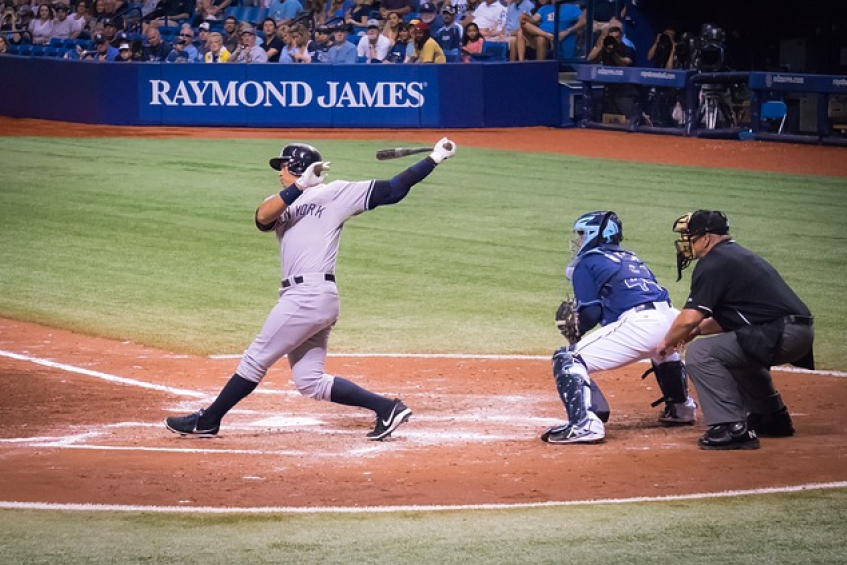
Welcome, baseball fans! Today, we’re going to dive into the exciting world of pop time in baseball. If you a baseball fan you’ve ever watched a game and wondered what the term “pop time” means, or if you’re a catcher looking to improve your skills, this article is for you!
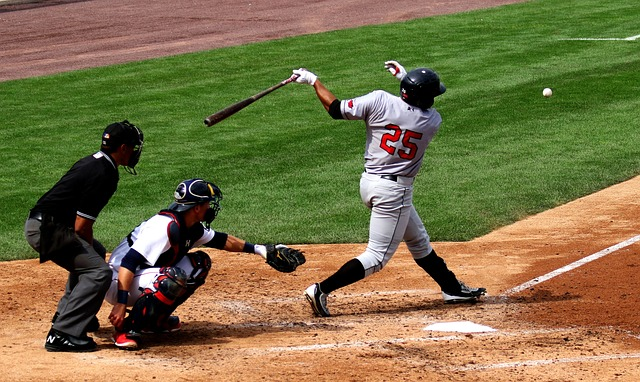
Pop time is a crucial metric when evaluating catchers. It refers to the time it takes for a catcher to receive a pitch and release the ball to throw out a baserunner attempting to steal a base. A fast and accurate pop time can make a huge difference in preventing stolen bases and keeping control of the game.
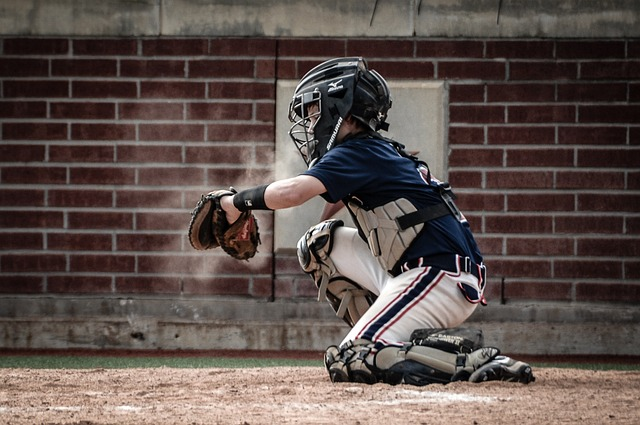
Pop time is measured from the moment the pitch hits the catcher’s mitt to the moment the ball reaches the intended base. It consists of three components: the exchange, the throw, and the catch. Let’s break it down further.
The exchange refers to the pitcher or catcher’s quick transition from receiving the pitch to getting the ball into their throwing hand. A smooth and swift exchange is crucial to minimize the time elapsed during the pop time.
The throw is the moment the catcher releases the ball from their throwing hand. A strong and accurate throw is essential for best catcher to effectively deter baserunners and prevent stolen bases.
The catch is the act of the fielder’s glove receiving the ball at the runner attempting intended base. A catcher’s ability to hit the target consistently is vital to throwing position and in executing successful pickoff attempts and preventing baserunners from taking extra bases.
Pop time is not just a number; it is a reflection of a catcher’s arm strength, accuracy, and overall throwing abilities. Baseball scouts and coaches pay close attention to a catcher’s pop time when evaluating their skills behind the plate. The ability to consistently deliver fast and accurate throws can make a catcher an invaluable asset to their team.
For catchers, a fast pop time can mean the difference between catching a baserunner stealing second base or having to wait for another chance. It can also help build a reputation as a reliable and effective backstop, opening doors to higher levels of play, such as college baseball or even the major and minor leagues themselves.
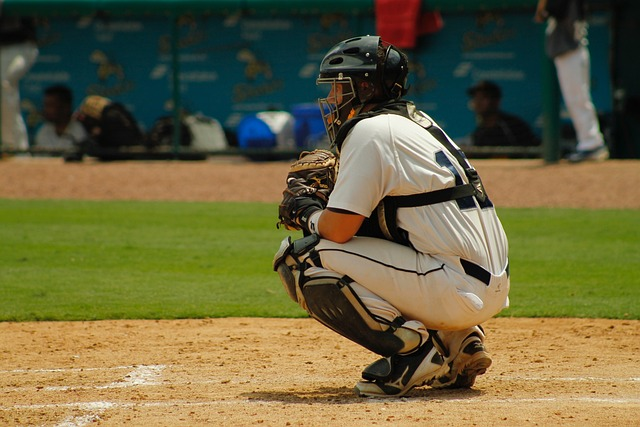
The ideal pop time can vary depending on the level of play. Here are some guidelines for what is considered good average pop times for different levels:
In Major League Baseball (MLB), a good pop time is generally considered to be around 1.9 to 2.0 seconds. Some elite catchers can even achieve pop times as low as 1.8 seconds. These are the best of the best, showcasing exceptional arm strength and accuracy.
For high school baseball catchers, a good pop time is typically around 2.1 to 2.3 seconds. As players continue to develop arm strength and refine their throwing mechanics, they can work towards improving their pop time.
It’s important to remember that pop times can vary among catchers, and improvement should be a personal goal rather than a point of comparing oneself to others.
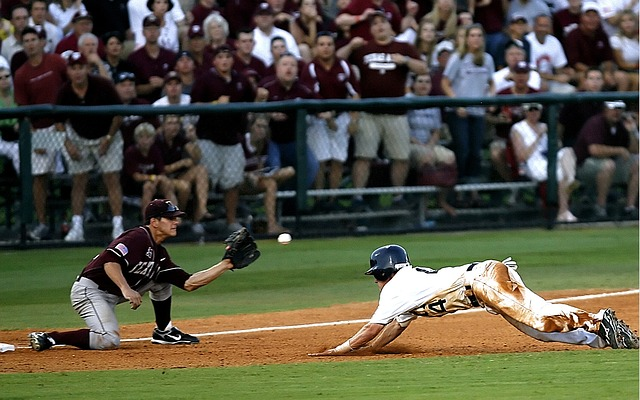
Several factors can influence a catcher’s pop time:
The technique and mechanics of the catcher’s throwing motion play a significant role in their pop time. A more efficient and streamlined throwing motion can result in a faster and more accurate throw.
The speed and fluidity of the catcher’s exchange from their glove to their throwing hand can affect their overall pop time. Practicing quick exchanges can help shave precious milliseconds off the clock.
The accuracy of a catcher’s throw and their ability to consistently hit their target at the intended or third base, are critical in preventing stolen bases. A throw that is slightly off target can give baserunners the opening they need to advance.
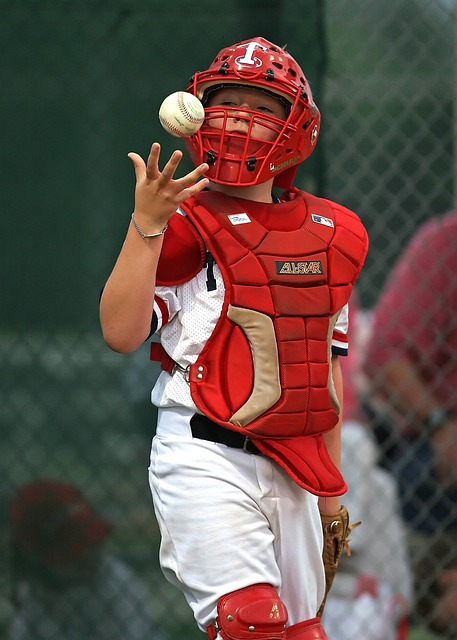
Improving pop time requires a combination of arm strength, proper mechanics, and practice. Here are some drills and exercises that catchers can use to enhance their pop time:
To develop arm strength, catchers can incorporate exercises such as long toss, weighted ball throws, and resistance band exercises into their training routine. Building a strong and resilient throwing and developing arm strength is essential for improving pop time.
Focusing on proper throwing mechanics, including footwork, hip rotation, and arm motion, can greatly impact a catcher’s pop time. Working with a coach or attending catcher-specific training camps can provide valuable guidance in honing these skills.
Devoting time to practicing quick exchanges from the catcher’s glove to the throwing hand can significantly improve a catcher’s pop time. This can be done through repetitive drills and simulated game scenarios.
A catcher’s stance and footwork are pivotal. Being able to quickly shift from a crouched catching position to a standing throwing position requires agility, balance, and practice.
Baseball is as much a mental game as it is physical. Anticipating a next stolen base attempt or steal, reading a pitcher’s delivery, and predicting the baserunner’s actions are all integral parts of optimizing pop time.
A catcher’s mitt is designed for quick ball retrieval. Some catchers prefer gloves with less padding to aid in the quick transition from catch to throw.
A catcher’s pop time can also be influenced by the type of pitch thrown. A fastball, due to its speed, can help in achieving a faster pop time, while a curveball or changeup might add precious milliseconds. Thus, understanding and predicting pitches becomes crucial.
Over the years, as baseball players became more athletic and techniques more refined, the emphasis on metrics like pop time grew. Today, with the integration of technology like Statcast in MLB games, pop time is measured with incredible accuracy, giving fans, coaches, and players a precise number to evaluate a catcher’s prowess.
In baseball, a game of inches, milliseconds can be the difference between a runner at home plate and being called out or safe. Thus, shaving off even the smallest fraction of a second from a catcher’s pop time can have a significant impact. Especially in tight games, where every baserunner counts, a catcher’s ability to thwart base stealers can change the outcome.
Understanding pop time gives fans a deeper appreciation of the art and science that goes into catching. For catchers, mastering pop time can be the ticket to greater recognition and career advancement. As with many aspects of baseball, while the concept may seem simple on the surface, the depths of skill, strategy, and dedication required are what make baseball the beloved sport that it is. Whether you’re an aspiring player, a coach, or a fan, the next time you watch a game, keep an eye on the catcher’s footwork – there’s more going on there than meets the eye!
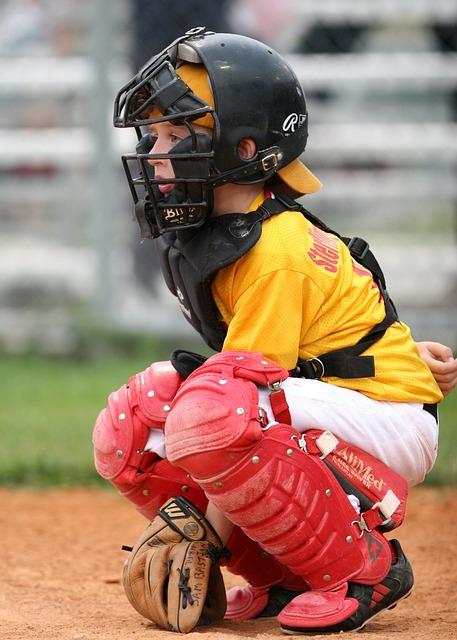
In MLB, a good pop time is generally considered to be around the average of 1.9 to the average times 2.0 seconds, with elite catchers achieving times as low as 1.8 seconds.
Your pop time will depend on several factors, including your level of play and current skill level. It’s important to focus best pop time on personal improvement rather than comparing yourself to others.
The term “pop time” is derived from the quick “pop” sound the catcher’s mitt makes when receiving the pitch and making the throw. It’s a catchy term that has become widely used in baseball.
A good pop time for a catcher can vary depending on the level of play. In MLB, it’s generally considered the fastest pop time to be around 1.9 to 2.0 seconds, while for high school catchers, a good pop time is typically around 2.1 to 2.3 seconds.
For high school catchers, a good pop time is typically around 2.1 to 2.3 seconds. As players continue to develop their skills, they can work towards improving their batting average and pop time further.
Pop time for a catcher is a metric used to gauge a catcher’s throwing ability, specifically in scenarios where baserunners are attempting to steal a base. It starts from the moment the ball hits the catcher’s mitt until it reaches the intended base. In essence, it’s the duration it takes for a catcher’s hand to “pop up” from his stance, catch a pitch, and release the ball towards a base.
Chris Sloan is a former baseball league commissioner and travel baseball coach who has made significant contributions to the sport. In 2018, he founded selectbaseballteams.com, a website that helps parents find youth and travel baseball teams in their local areas. Since its launch, the website has experienced impressive growth, offering a wealth of resources including teams, news, tournaments, and organizations. Chris's unwavering passion for baseball and his innovative approach to connecting parents with quality baseball programs have earned him a respected reputation in the baseball community, solidifying his legacy as a leading figure in the world of youth and travel baseball.
There are 0 comments on "What Does Pop Time Mean in Baseball?"
chandler allen says:
"Hi my name is chandler, i’ve enjoyed..."
On Wanting to tryout for summer ball. as an 18 year old
david graham says:
"With no current MLB team in Canada,..."
On With no current MLB team in
Charles Chavez says:
"To All Coaches: Do you have13U or..."
On Looking for Games